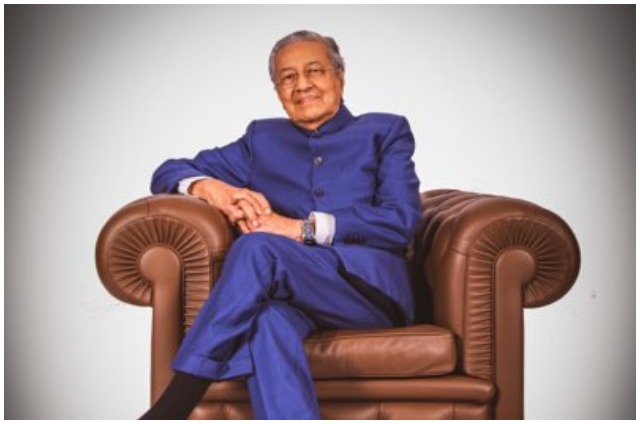MUMBAI, March 18 – Sensing the good business potential inherent in film shooting by foreign filmmakers at its studio facilities, the Pinewood Iskandar Malaysia Studios (PIMS) recently (March 12-14) staged roadshows in Mumbai with a view to attracting Bollywood filmmakers.
Representatives of PIMS held meetings with interlocutors from the Bollywood film industry and, later, organized a reception in Mumbai.
“We can offer a fully-integrated production facility, equipped with film studios, television studios and post-production facilities which will set a new benchmark for the region,” a PIMS representative told Bernama. Strategically located in Southeast Asia, the studios in the state of Johor are a flagship development of Iskandar Malaysia. PIMS is also trying to attract Bollywood filmmakers offering them
“attractive incentives”, according to the representative. Malaysia’s film-promotion agency FINAS has also been offering incentives and, mainly, logistical support to foreign filmmakers.


Meanwhile, the state of Sarawak has invited a number of Indian filmmakers to the Asia-Pacific Film Festival in Kuching on March 27. The idea behind getting Indian filmmakers to shoot films in Malaysia is also aimed at attracting Indian tourism traffic. Films shot at a particular destination with popular movie stars, invariably, lead to a surge in tourism traffic from the public.
This was evident in the case of Malaysia which noticed a sharp rise in inbound Indian tourism traffic after the release of the Shah Rukh Khan starrer
“Don” which was extensively shot in Malaysia.
Both Singapore and Thailand have pursued this strategy to attract Indian tourists: both countries have hosted the Indian International Film Awards and provided facilities to Indian filmmakers, resulting in a surge in tourism traffic from India.
“Bollywood films constitute a key element of entertainment in India, and wield a strong influence over Indian viewers,” Manoharan said in an interview with Bernama in his Mumbai office.
“India is the second biggest source of tourism for Malaysia after China.
Indeed, India is one of the top six markets in Malaysia,” Manoharan said. Malaysia has also become a popular destination for “wedding tourism” — also known in Indian circles as the “big fat Indian weddings”. Thailand has been marketing itself as an attractive wedding destination, but Malaysia’s share is increasing, according to Manoharan.
Langkawi is a popular destination of the “big fat Indian wedding” tourists. However, such weddings are also characterised by demands on the hosts because guests invited to weddings expect, in the Indian tradition, to be taken care of by the hosting hotels which, often, have to provide for a round-the-clock kitchen service.
Some 700,000 Indian tourists were clocked in Malaysia in 2012, but Manoharan is confident that the numbers will further rise in the future. Given the spending behaviour of Indian tourists, tourism from India tends to benefit not only those directly linked with the tourism and travel trade, including hotels and ground transportation operators, but also has beneficial spillover effects on other segments of the economy.
Indian tourists are infatuated with foreign shopping, and are known to spend large sums of money on buying jewellery, electronics and other luxury items. The launch in summer this year of a joint venture airline by Malaysia’s AirAsia in partnership with India’s TATA Group for domestic flight service, will also, in the final analysis, help bolster traffic to India because the points which the new airline will serve, will invariably connect with AirAsia’s flights to Malaysian airports.
The Indian Government has already approved the joint venture project. Since Malaysia has Asia’s largest Indian diaspora of 2.6 million people, Indians feel very much “at home” in Malaysia which shares many common features with India, according to Manoharan.
BERNAMA







